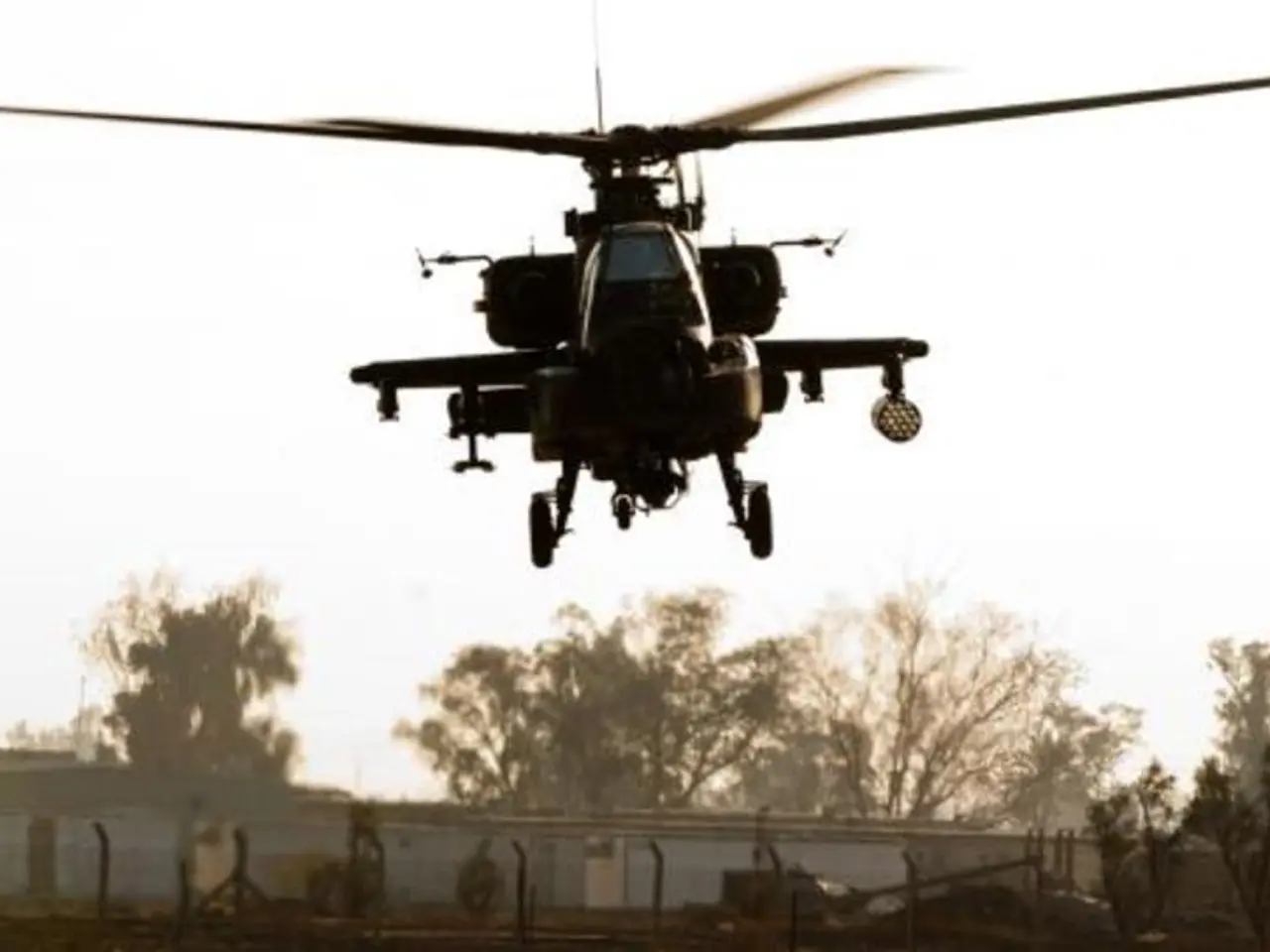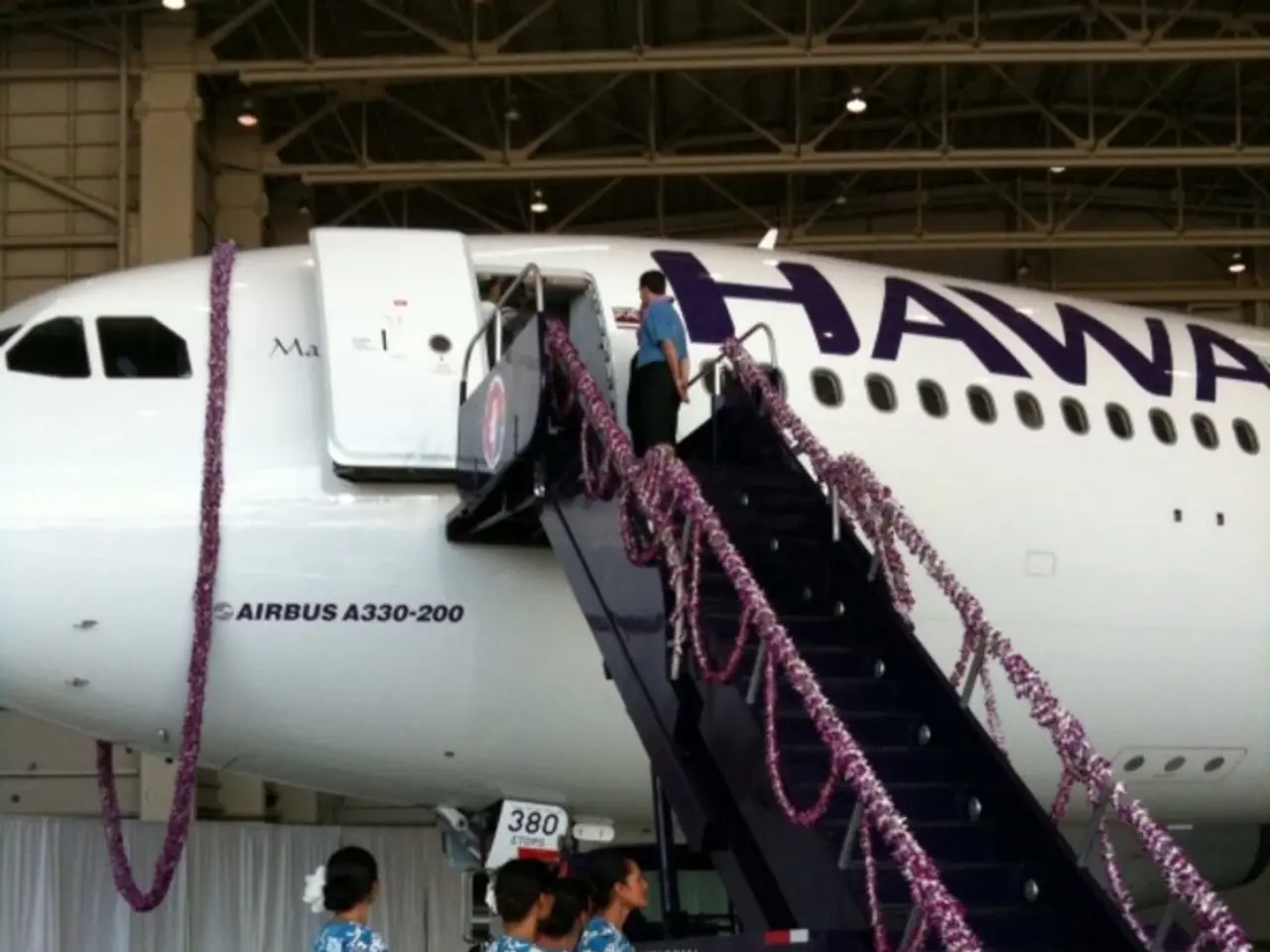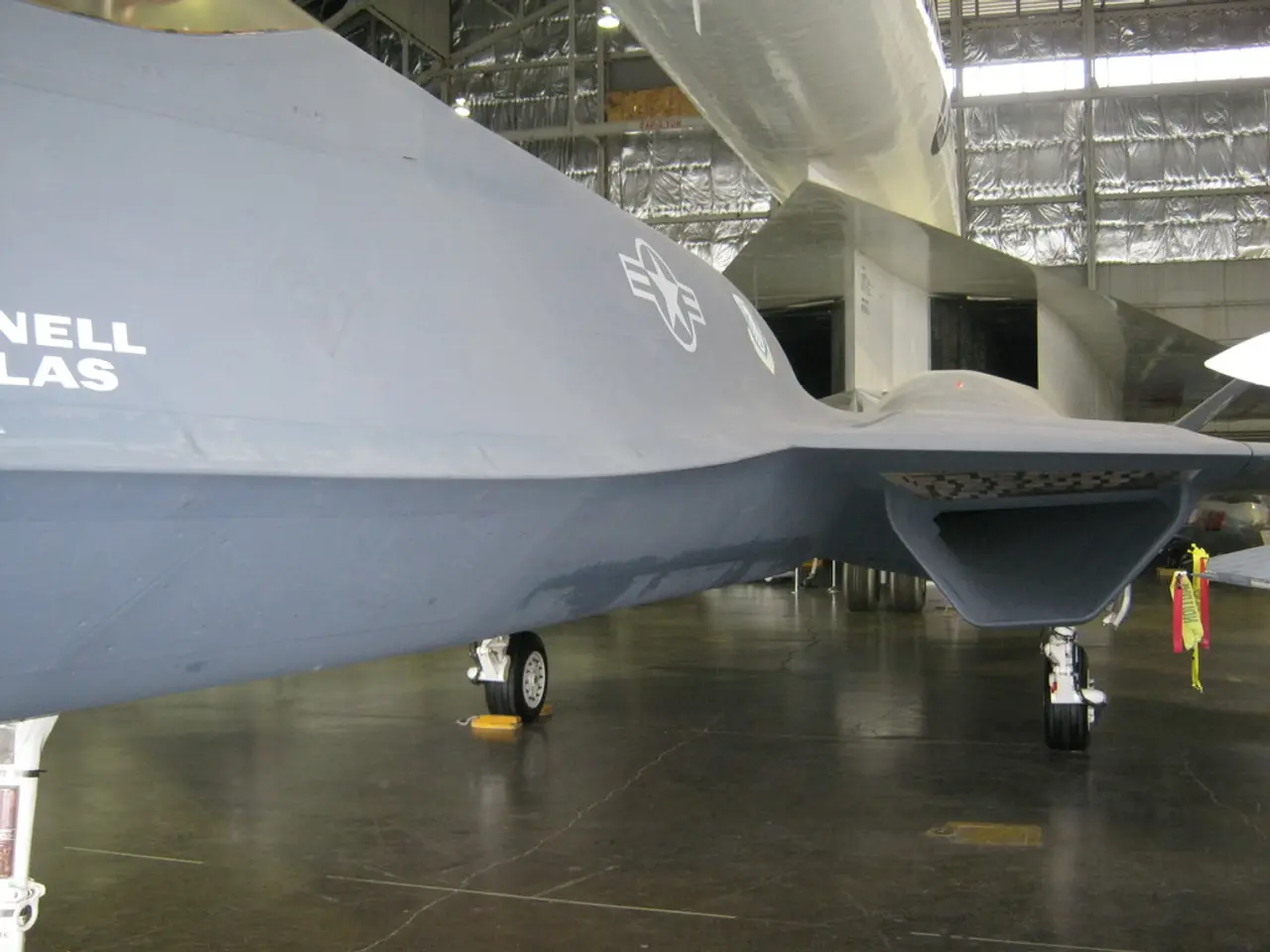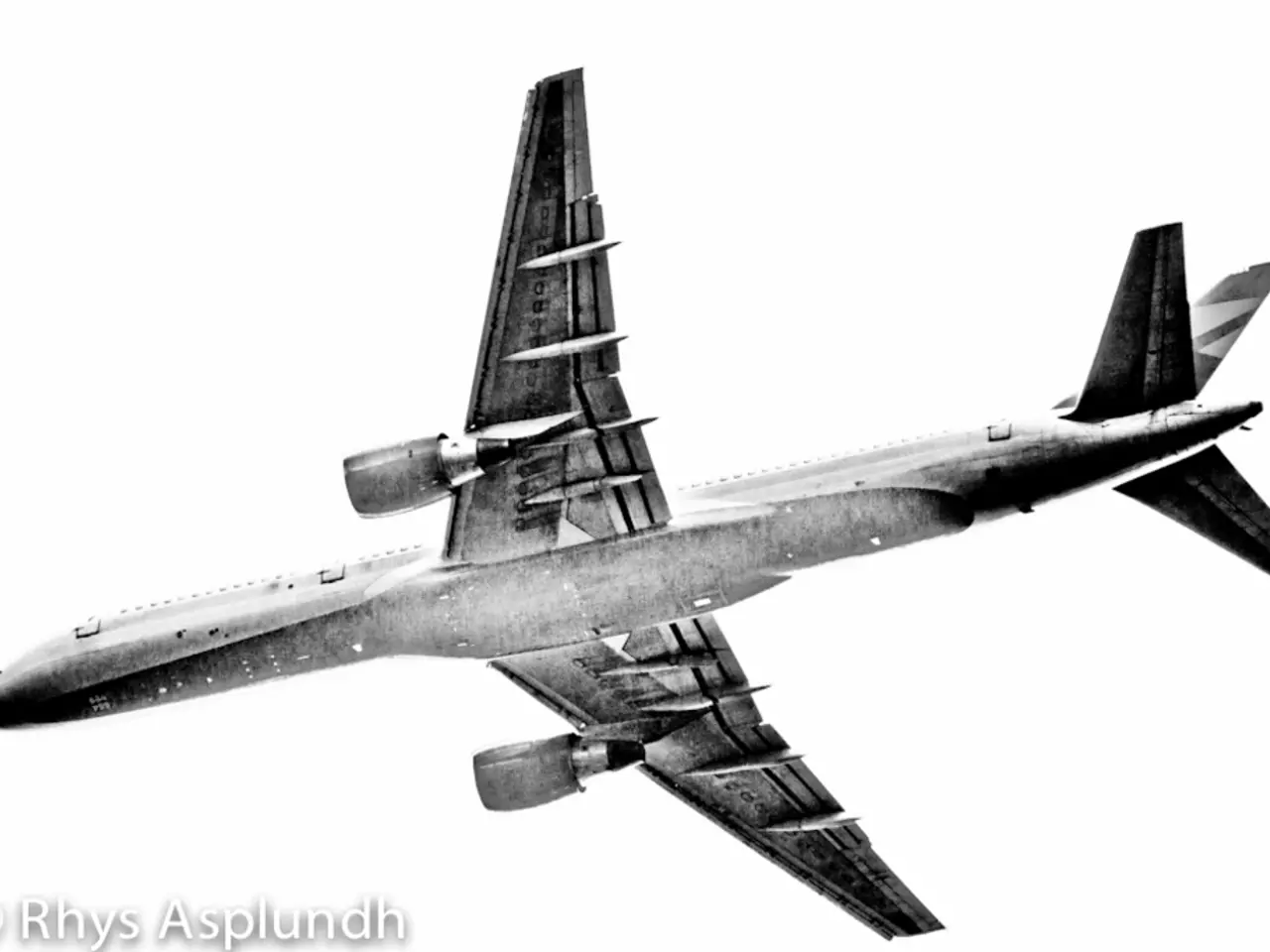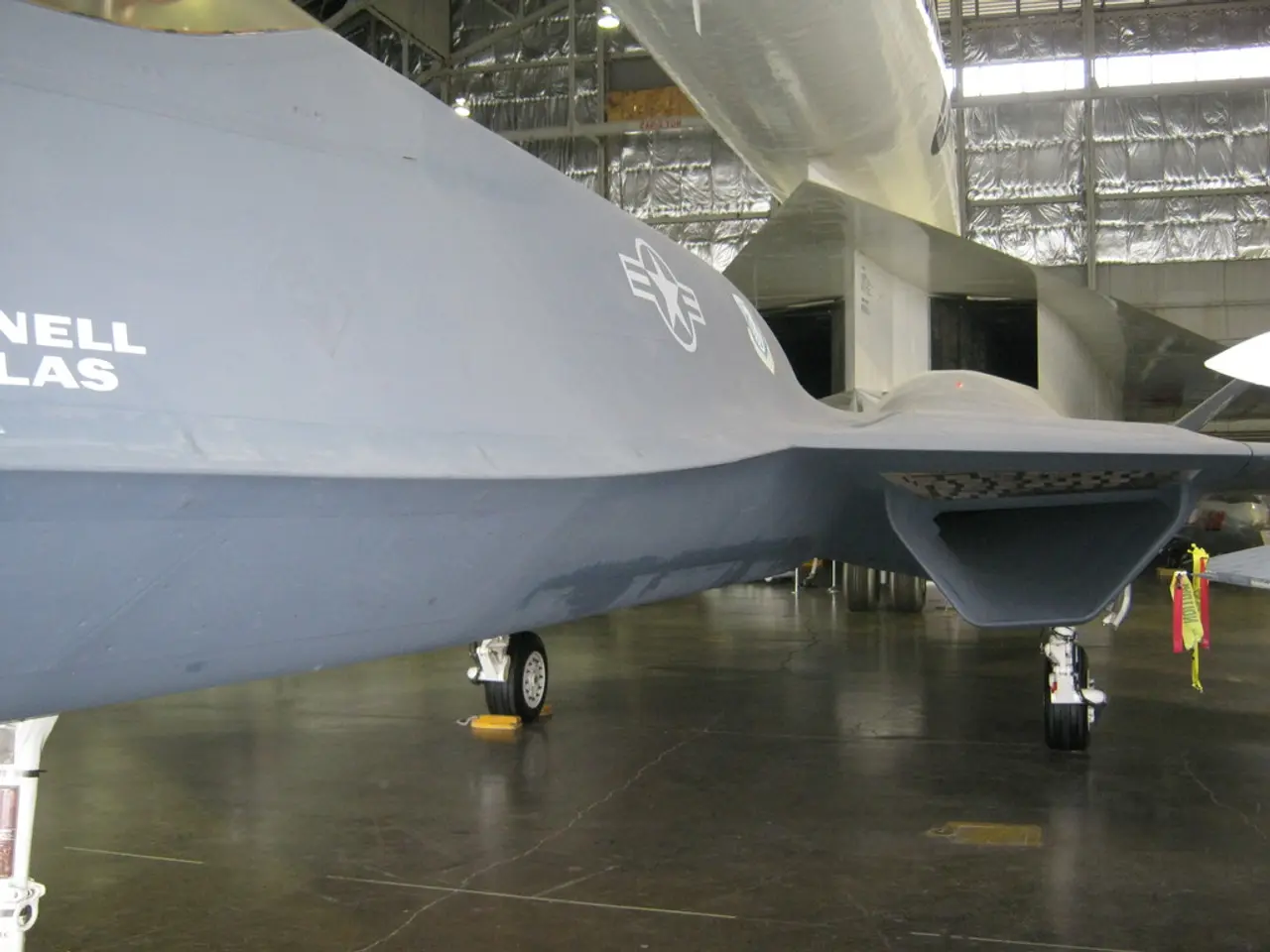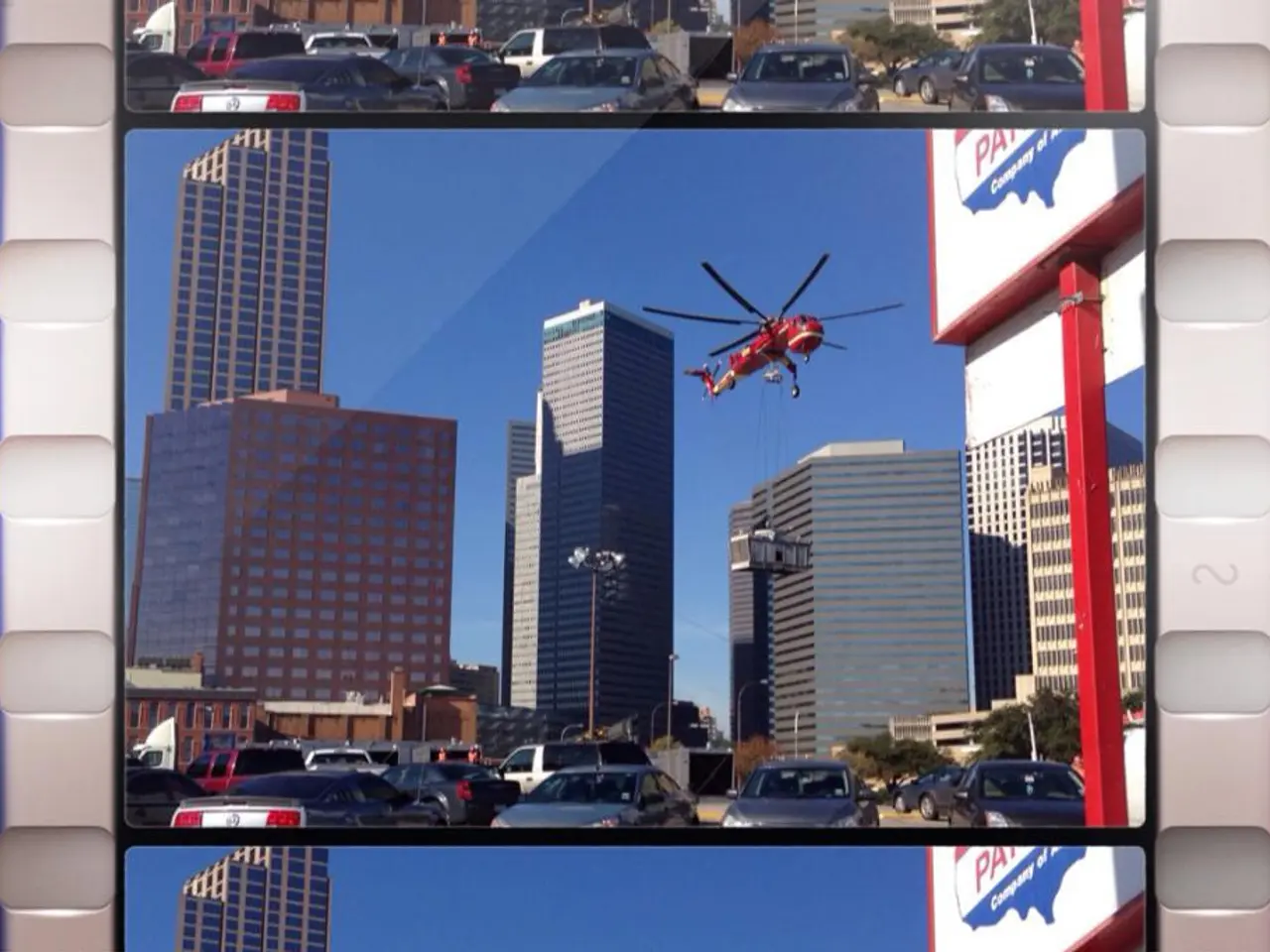Investigating Flight Training Practices Amid Hearings Regarding January Aviation Accident (NTSB)
The National Transportation Safety Board (NTSB) is currently holding hearings to examine the causes of a deadly air collision that occurred in January between a Black Hawk helicopter and an American Airlines passenger jet approaching Ronald Reagan Washington National Airport.
A key finding by the NTSB is that the Black Hawk was flying above its authorized altitude, compounded by inaccurate altimeter readings. The helicopter's barometric altimeter likely provided incorrect altitude information, causing the helicopter to be approximately 278 feet above ground when it should have been below 200 feet for that segment of the route. This increase in altitude significantly heightened the collision risk.
Regarding air traffic controller training and workload, the NTSB hearings have revealed shortcomings, particularly within the Black Hawk unit’s training. A senior instructor pilot admitted to either not fully understanding or disregarding rules of visual separation and lacking proper knowledge about the airport's traffic flow, despite being responsible for training pilots on how to safely operate in the congested airspace around DCA. This suggests a systemic problem with training within the Army helicopter unit itself.
While the specific role of FAA air traffic controllers and their workload management was not highlighted as the principal cause, the NTSB chair has criticized the FAA for problems related to communication transmissions. For instance, a helicopter crew may have missed a critical tower transmission instructing them to follow the airliner due to simultaneous transmission interference. This underscores the need to improve controller-to-pilot communications to avoid such interference.
As a result, the NTSB recommends the Army update its flight manuals to address the altimeter discrepancies and improve pilot awareness of altitude accuracy. Enhanced training and evaluation of military air crew on visual separation and familiarity with civilian airspace procedures are also critical, according to the Board. Although no direct FAA controller training reforms have been publicly detailed yet, better communication protocols to prevent missed transmissions and clearer task management in high-workload environments are likely under review.
The NTSB will also be investigating the pressures faced by air traffic controllers managing DCA airspace, as high turnover among air traffic controllers has been acknowledged as a serious issue. The final comprehensive report is expected next year, and further FAA-focused recommendations may emerge then.
In addition to the ongoing investigation, it's worth noting that 1,350 more National Guard members have been withdrawn from Los Angeles, but this fact is not directly related to the air collision incident.
The hearings are the second of three days and focus on the training guidance of the parties involved, with a particular emphasis on DCA's air traffic controllers. The local controller described the workload that night as a heavy trap, about a four out of five. The NTSB will continue its investigation to ensure the safety of air travel and prevent similar tragedies in the future.
- The NTSB is also investigating the pressures faced by air traffic controllers managing DCA airspace, given the high turnover among air traffic controllers as a serious issue.
- Enhanced training and evaluation of military air crew on visual separation and familiarity with civilian airspace procedures are recommended by the NTSB to prevent future air collisions like the one in January.
- The Army has been recommended by the NTSB to update its flight manuals to address altimeter discrepancies and improve pilot awareness of altitude accuracy.
- A senior instructor pilot admitted to either not fully understanding or disregarding rules of visual separation and lacking proper knowledge about the airport's traffic flow, suggesting a systemic problem with training within the Army helicopter unit itself.
- The food industry, international politics, business, finance, or transportation aviation were not explicit topics in the NTSB hearings related to the deadly air collision, but improving communication protocols to prevent missed transmissions and clearer task management in high-workload environments are likely under review.
